Introduction

Swordfish, a popular oceanic delicacy, is often compared to meat due to its rich flavor and fatty texture obtained from its diet of oily fish. When prepared properly, swordfish can be cooked similarly to steak, making it a versatile choice for grilling, broiling, or pan searing.
Overview of Swordfish and its culinary significance
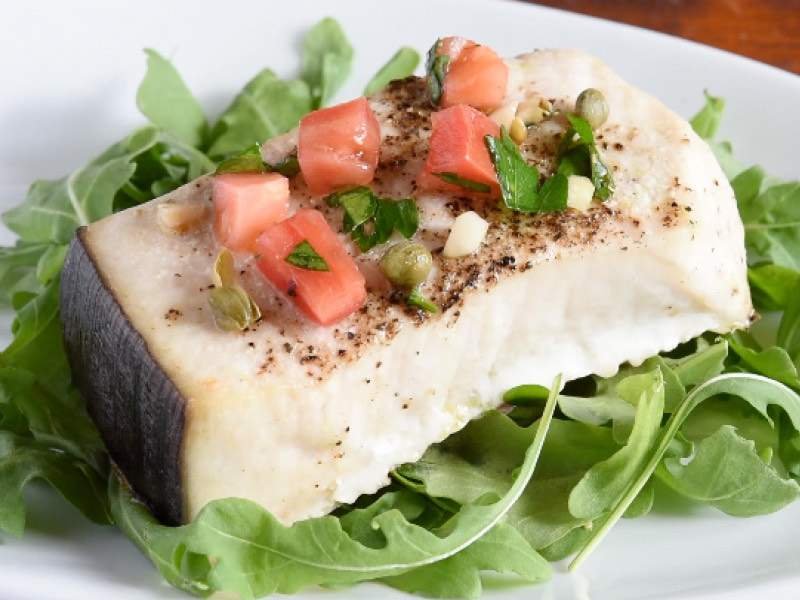
Swordfish is a prized oceanic delicacy known for its rich flavor and fatty texture, reminiscent of meat. Its culinary significance lies in its versatility, as it can be cooked similarly to steak through grilling, broiling, or pan searing. This makes swordfish a popular choice for seafood lovers looking for a hearty and satisfying meal. Its distinct taste, often compared to a combination of tuna and shark, adds to its appeal in the culinary world. With proper preparation and cooking techniques, swordfish can provide a truly exceptional dining experience.
Common cooking methods for Swordfish

When it comes to cooking swordfish, there are several common methods you can use to bring out its delicious flavors. Grilling is a popular choice, as it adds a smoky char and enhances the natural sweetness of the fish. Broiling is another option, which quickly cooks the swordfish under high heat, resulting in a crispy exterior. Pan searing is also a great technique, allowing you to achieve a golden crust while keeping the inside moist and tender. Finally, you can also bake swordfish in the oven for a simple and flavorful preparation.
Swordfish Flavor Profile
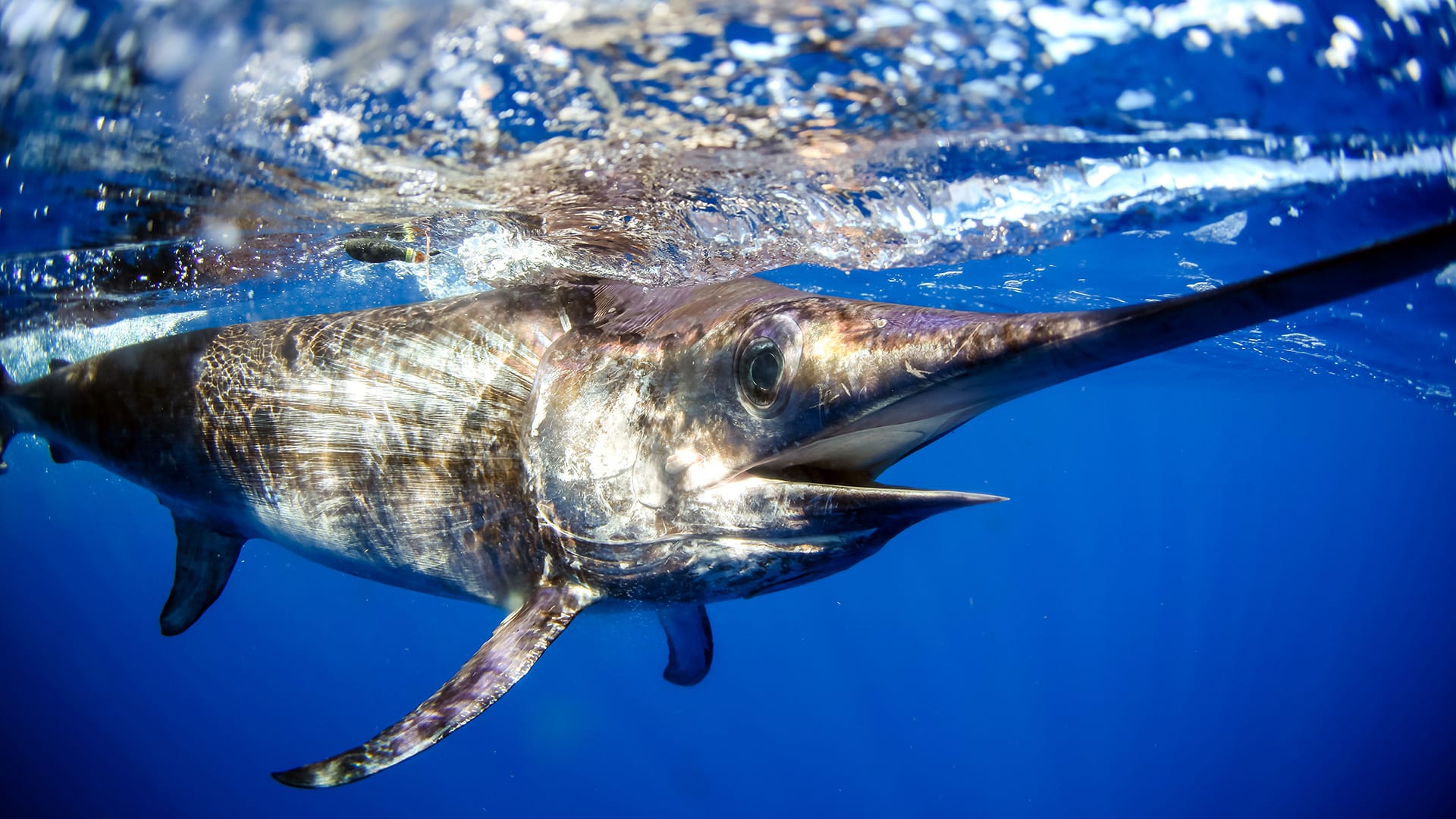
Swordfish has a distinctive flavor profile that sets it apart from other types of fish. Its meaty texture and rich taste make it similar to beef or pork. The flavor of swordfish is often described as mild and slightly sweet, with a hint of nuttiness. The natural oils in the fish give it a buttery and moist quality. When cooked properly, swordfish can have a tender and succulent texture, making it a favorite among seafood lovers. Whether grilled, broiled, or pan-seared, swordfish is a versatile fish that can be enjoyed in various dishes.
Taste and texture of Swordfish

Swordfish has a mild, slightly sweet flavor and a firm, meaty texture. Its taste can be compared to a cross between tuna and shark, with a clean oceanic flavor. The texture of swordfish is dense and firm, making it suitable for grilling, broiling, or pan-searing. When cooked properly, swordfish can have a tender and succulent texture, similar to beef or pork. Its unique flavor profile makes it a versatile and delicious choice for seafood dishes.
Factors influencing Swordfish taste
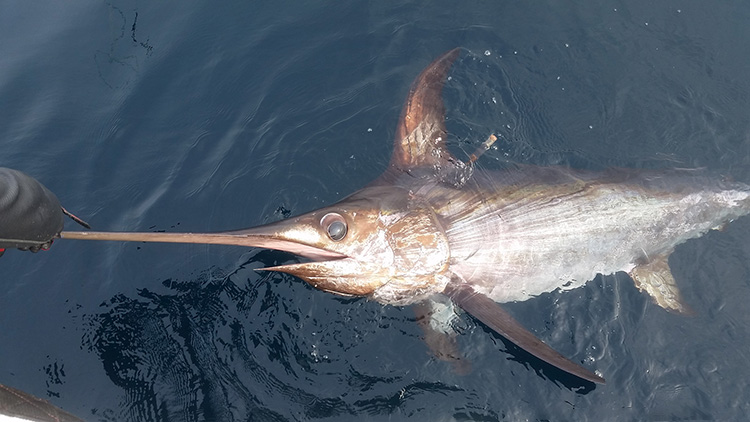
Factors such as the fish's age, size, and diet can influence the taste of swordfish. Older and larger swordfish tend to have a stronger flavor compared to younger ones. Their diet of mackerel, menhaden, and other oily fish contributes to their rich and fatty taste. Additionally, the cooking method and seasonings used can also impact the overall flavor profile of swordfish. It's important to consider these factors when preparing swordfish to achieve the desired taste and culinary experience.
Swordfish Nutritional Value

Swordfish is not only delicious but also packed with essential nutrients that can benefit your health. It is a great source of protein, providing 20 grams per serving. Additionally, swordfish is rich in vitamin D, selenium, and niacin, which promote heart health, boost the immune system, and improve cognitive function. With only 146 calories and 6.7 grams of fat, swordfish is a nutritious choice for those looking to maintain a balanced diet. Incorporating swordfish into your regular meal plan can offer a wide range of health benefits while satisfying your taste buds.
Nutrients found in Swordfish

Swordfish is packed with essential nutrients that can benefit your health. It is a great source of protein, providing 20 grams per serving. Additionally, swordfish is rich in vitamin D, selenium, and niacin, which promote heart health, boost the immune system, and improve cognitive function. Incorporating swordfish into your regular meal plan can offer a wide range of health benefits while satisfying your taste buds.
Health benefits and considerations
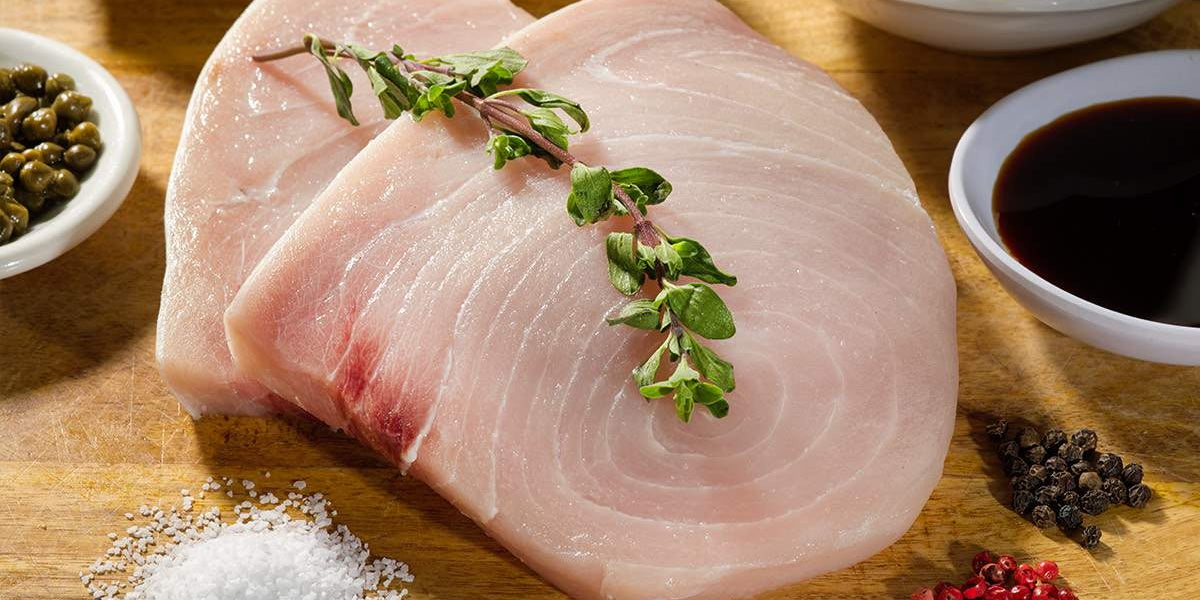
One of the key health benefits of consuming swordfish is its high protein content, providing 20 grams per serving. Additionally, swordfish is a great source of vitamin D, selenium, and niacin, which promote heart health, boost the immune system, and improve cognitive function. With these nutrients, swordfish can be a valuable addition to a balanced diet. However, it is important to consider the potential mercury content in swordfish and consume it in moderation, especially for pregnant women and young children.
Popular Swordfish Recipes
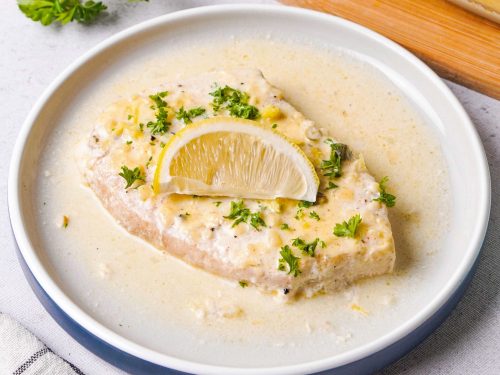
Popular Swordfish Recipes
- Grilled Swordfish with Lemon and Herbs: Marinate swordfish steaks with a mixture of lemon juice, olive oil, garlic, and fresh herbs like thyme or rosemary. Grill the steaks over medium-high heat for about 4-5 minutes per side until cooked through. Serve with a squeeze of fresh lemon juice.
- Swordfish Steaks with Mediterranean Salsa: Prepare a vibrant salsa using diced tomatoes, chopped cucumber, red onion, Kalamata olives, and feta cheese. Season swordfish steaks with salt, pepper, and a drizzle of olive oil. Grill the steaks for about 4-5 minutes per side and top with the Mediterranean salsa before serving.
These recipes showcase the versatility of swordfish and highlight its delicious flavor when paired with fresh ingredients and simple seasonings. Enjoy these dishes as a flavorful and healthy addition to your seafood repertoire.
Grilled Swordfish with Lemon and Herbs

To prepare Grilled Swordfish with Lemon and Herbs, marinate swordfish steaks with a mixture of lemon juice, olive oil, garlic, and fresh herbs like thyme or rosemary. Grill the steaks over medium-high heat for about 4-5 minutes per side until cooked through. Serve with a squeeze of fresh lemon juice for a delicious and flavorful dish. This recipe is a great way to enjoy the natural flavors of swordfish while incorporating the brightness of citrus and the aromatic touch of herbs.
Swordfish Steaks with Mediterranean Salsa
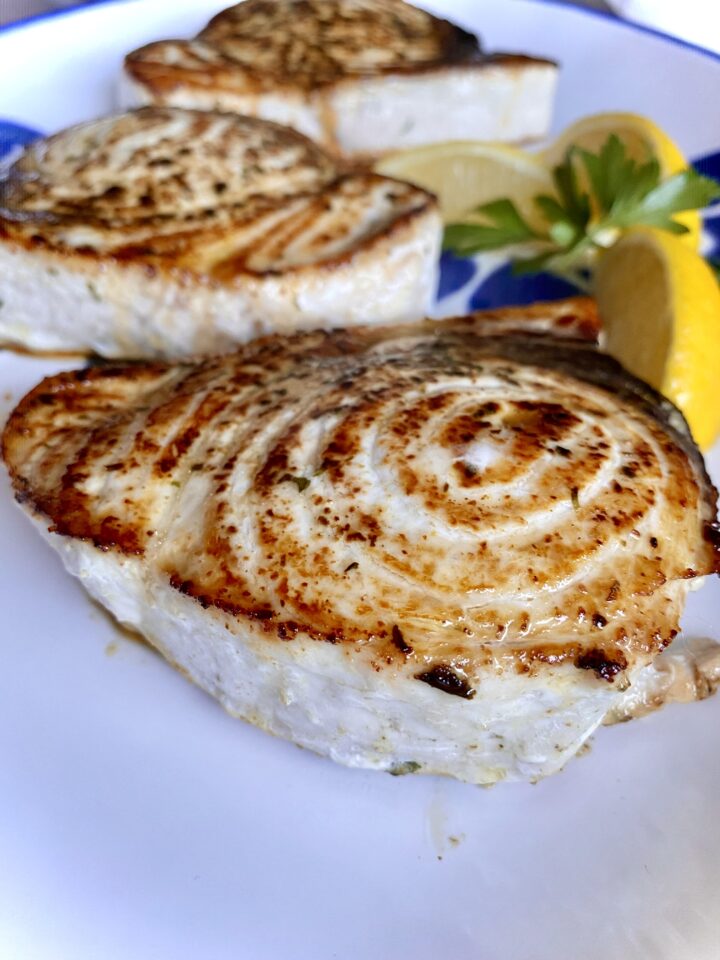
Swordfish Steaks with Mediterranean Salsa is a delicious and refreshing dish that highlights the natural flavors of swordfish. Start by seasoning the steaks with salt, pepper, and your favorite herbs. Grill or pan-sear the steaks until they are cooked to your desired level of doneness. While the steaks are cooking, prepare the Mediterranean salsa by combining diced tomatoes, cucumbers, red onions, olives, feta cheese, lemon juice, and olive oil. Serve the swordfish steaks topped with the Mediterranean salsa for a vibrant and flavorful meal that will transport you to the coast of the Mediterranean.
Sustainability and Fishing Practices

Sustainability and Fishing Practices
When it comes to swordfish, sustainability and fishing practices are of utmost importance. To ensure the long-term viability of swordfish populations, responsible fishing techniques are crucial. This includes using selective gear to minimize bycatch, implementing size limits to protect juvenile fish, and adhering to fishing quotas and regulations. Additionally, organizations such as the Marine Stewardship Council provide certifications to verify sustainable fishing practices. By supporting sustainably sourced swordfish, we can protect the ocean ecosystem and enjoy this delicious fish for years to come.
Sustainability of Swordfish harvesting

Sustainability of Swordfish harvesting is crucial for the long-term viability of swordfish populations. To ensure sustainability, responsible fishing techniques are implemented, such as using selective gear to minimize bycatch and adhering to fishing quotas and regulations. Size limits are also put in place to protect juvenile fish. Organizations like the Marine Stewardship Council provide certifications to verify sustainable fishing practices. By supporting sustainably sourced swordfish, we can protect the ocean ecosystem and enjoy this delicious fish for years to come.
Responsible fishing techniques and certifications

Responsible fishing techniques and certifications play a crucial role in promoting sustainable swordfish harvesting. Fishermen use selective gear to minimize bycatch and adhere to fishing quotas and regulations. Size limits are imposed to protect juvenile fish, ensuring they have a chance to reproduce and maintain healthy populations. Organizations like the Marine Stewardship Council provide certifications to verify sustainable fishing practices. By supporting sustainably sourced swordfish, we can protect the ocean ecosystem and enjoy this delicious fish for years to come.
Conclusion
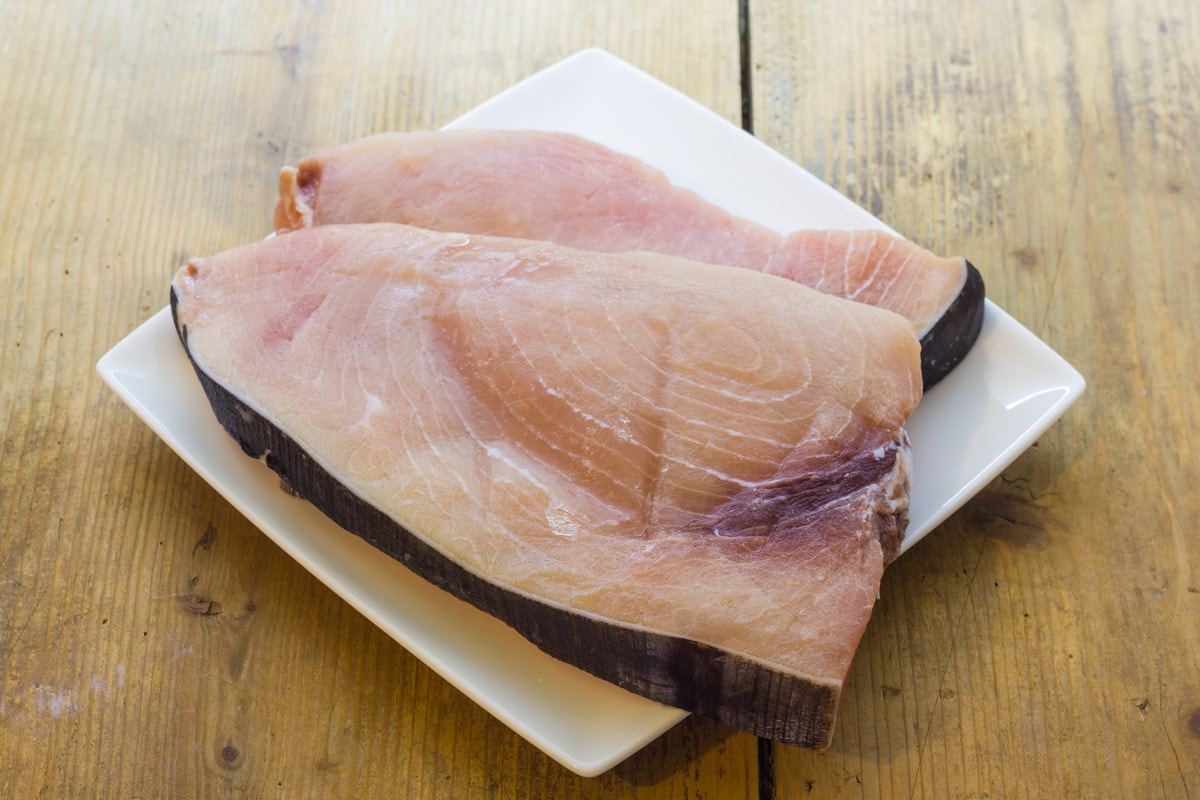
In conclusion, swordfish offers a unique and versatile taste that can be enjoyed in a variety of dishes. Its mild, slightly sweet flavor and firm texture make it a favorite among seafood lovers. To fully appreciate the taste of swordfish, try different cooking methods such as grilling or broiling with complementary seasonings and sauces. Remember to choose sustainably sourced swordfish to support responsible fishing practices and protect the ocean ecosystem. Enjoy the culinary wonders of swordfish and elevate your seafood dining experience.
Exploring the unique taste of Swordfish

When exploring the unique taste of Swordfish, it's important to savor its mild, slightly sweet flavor and appreciate its firm texture. To fully experience its culinary wonders, try different cooking methods such as grilling or broiling, and enhance the flavors with complementary seasonings and sauces. Swordfish is a versatile seafood that can be enjoyed in a variety of dishes, from grilled swordfish with lemon and herbs to swordfish steaks with Mediterranean salsa. Elevate your seafood dining experience by embracing the unique taste of Swordfish.
Recommendations for enjoying Swordfish dishes
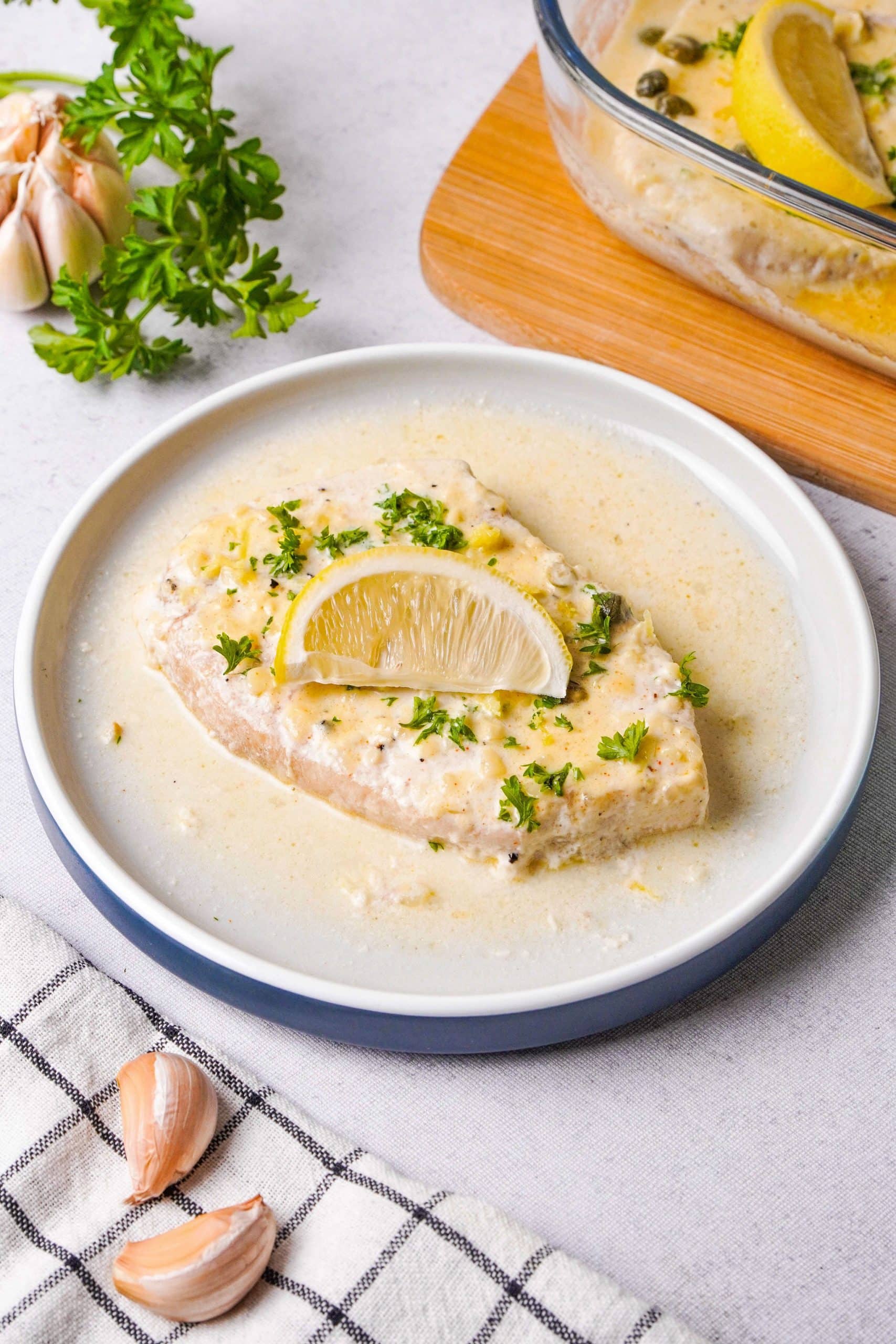
Grilled swordfish with lemon and herbs is a classic and delicious way to enjoy this seafood delicacy. Simply marinate the swordfish steaks with olive oil, lemon juice, garlic, and a mix of your favorite fresh herbs, then grill them to perfection. Serve with a squeeze of fresh lemon juice and enjoy the succulent and flavorful swordfish. Another great option is swordfish steaks with Mediterranean salsa. Top the grilled swordfish with a vibrant salsa made from diced tomatoes, cucumbers, red onions, kalamata olives, capers, lemon juice, and fresh herbs. The tangy and refreshing flavors of the salsa complement the meaty texture of the swordfish perfectly.
DK FAQ MARK
FAQ about Oceanic Wonders: What Does Swordfish Taste Like?
Q: Is swordfish a popular seafood choice?
A: Yes, swordfish is a popular choice among seafood enthusiasts for its meaty texture and rich flavor.
Q: How would you describe the taste of swordfish?
A: Swordfish is often described as having a mild, slightly sweet flavor with a meaty texture. It is comparable to tuna or even steak.
Q: How should swordfish be cooked to enhance its taste?
A: Swordfish is versatile and can be grilled, broiled, baked, or even pan-seared. Seasoning with herbs, lemon, or garlic can complement its natural flavors.
Q: Does swordfish have a fishy taste?
A: Swordfish is generally less fishy compared to other seafood varieties. Its flavor is more subtle, making it appealing to those who are not fans of strong fish flavors.
Q: Are there any health benefits to eating swordfish?
A: Swordfish is a good source of lean protein and essential nutrients like omega-3 fatty acids. However, it should be consumed in moderation due to its mercury content.

The Finer Diner has a rich history deeply rooted in the Mt. Oliver and Hilltop community. Our journey began with a simple yet ambitious vision – to create a welcoming space where friends and families could come together to enjoy delicious, comforting meals in a classic diner-style setting. Since our establishment, we have been dedicated to serving food, creating lasting memories, and fostering a sense of belonging within our community. Our commitment to quality, authenticity, and exceptional service has been the cornerstone of our success.